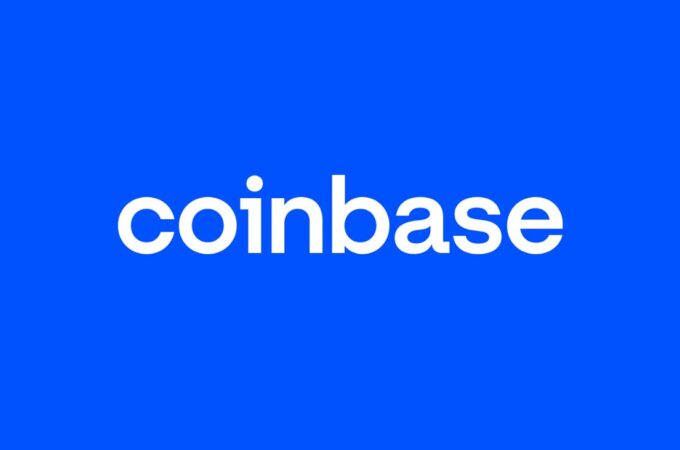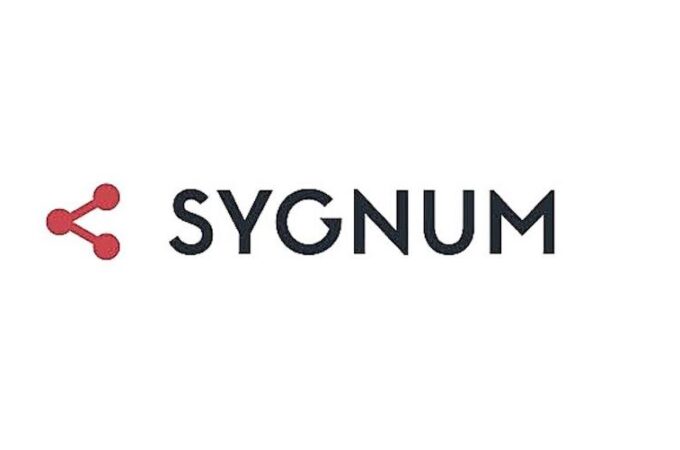What Blockchain Is and What It Can Do
By WSJ
Digital Asset CEO Blythe Masters on how the technology works in transactions
Blockchain is the financial technology underpinning the bitcoin digital currency. But it also has the potential to change the way companies make and verify transactions.
Kimberly Johnson, the editor of CFO Journal at The Wall Street Journal, sat down with Blythe Masters, chief executive of Digital Asset Holdings, to discuss this technology and what it can do.
Here are edited excerpts.
Great opportunity
MS. JOHNSON: Could you start us off by explaining what blockchain is?
MS. MASTERS: To start, suspend everything that you’ve heard or read on the subject of cryptocurrencies and bitcoins. By this stage, everyone has had enough exposure to those topics to have been at least partially confused, and a lot has gotten lost in translation. The simplest way to think about what this technology is all about is actually very unexciting. And that is, a new, clever form of database architecture.
You all know what databases are, you use them in your different businesses extensively. The thing about databases is they’re siloed and they’re generally centralized, and they’re owned and managed by someone who has unilateral editorial rights.
So when multiple parties to a common transaction interact, they are inclined to keep their own separate records of their respective piece of a joint transaction, and that leads to tremendous inefficiencies. An enormous amount of time, particularly but not limited to financial services, is spent reconciling the differences between records kept in distinct databases that ultimately refer to the same transaction between two parties.
Blockchain technology, or distributed ledger technology, is just a way of using the modern sciences of encryption to enable entities to share a common infrastructure for database retention.
MS. JOHNSON: So how is your company working in this burgeoning field?
 MS. MASTERS: Our area of focus is wholesale financial-services technology, so our customers are the big financial firms: banks, exchanges, market-infrastructure providers, those types of entities. And we’re very focused on helping those entities essentially develop distributed, encrypted, straight-through processing tools that allow them essentially to share common database infrastructure. That means that they are able to cut a significant amount of cost out of the process of post-trade financial manufacturing and actually reduce risk because it reduces the time it takes to complete a financial transaction once it has been agreed in the marketplace.
MS. MASTERS: Our area of focus is wholesale financial-services technology, so our customers are the big financial firms: banks, exchanges, market-infrastructure providers, those types of entities. And we’re very focused on helping those entities essentially develop distributed, encrypted, straight-through processing tools that allow them essentially to share common database infrastructure. That means that they are able to cut a significant amount of cost out of the process of post-trade financial manufacturing and actually reduce risk because it reduces the time it takes to complete a financial transaction once it has been agreed in the marketplace.
MS. JOHNSON: You’ve said previously that this is one of the biggest financial technology challenges of our time.
MS. MASTERS: Well, it’s one of the great opportunities for the financial-services sector. But I don’t want to leave folks with the impression that there’s no application of this technology in the nonfinancial world. If you think about any multiparty process where shared information is necessary to the completion of transactions, and the coordination of activity and the exchange of value, that’s where blockchain technology can be put to good use. In terms of the audience in this room, probably something that many if not all of you have in common is the challenge of supply-chain management or dispute resolution in various business contexts.
Those are the types of contexts in which blockchain technology has the greatest potential upside. It’s a cost-saving device, it’s an error-reducing device. In financial services the reason why there is such tremendous opportunity is that the post-trade processing of financial services really hasn’t been revolutionized in any meaningful sense in decades. The major market-infrastructure providers, the exchanges and the like, they’re operating on infrastructures that were designed and built 20 to 30 years ago.
But the incentive to change them is very significant. We’re talking about billions of dollars in annual savings for the banking industry, and percentage points on capital ratios to be freed up.
Encryption is vital
MS. JOHNSON: Say I’m the CFO of Wal-Mart and you come along and tell me that I should consider using blockchain or a distributed ledger technology within my supply-chain system. Why would I want to share internal information with distributors who might actually be doing business with my competitors?
MS. MASTERS: There’s a distinction between sharing infrastructure and sharing the information that you keep on that infrastructure. That’s a common area of misunderstanding in this space.
In supply-chain coordination what you’re doing is managing movement of money in return for the provision of goods and services in a highly coordinated fashion across multiple different entities. And the most efficient process that you can devise to do that is the one where there’s no disagreement between those parties around the timing of when cash should flow, money should be exchanged and/or goods are needed and need to be supplied or manufactured as you work your way back in the manufacturing process. And the ability to coordinate that information in a centralized place, but in a fashion where only the entities with the need and right to know their respective piece of the information can access it, is where this benefit comes from. So the tools of encryption are very vital parts of this infrastructure.
MS. JOHNSON: What about the cost of implementing the technology and the return on investment?
MS. MASTERS: What the technology allows you to do is to essentially share and replicate information in a secure or encrypted environment between different nodes or different points on a network. So inherently this is software design and development rather than a major capital-intensive technology rollout.
In the financial-services sector, the benefits significantly outweigh the costs. Take settlement and clearing in securities processing. The fact that it takes trade date plus two or three days or more essentially is two or three days’ worth of carry and two or three days’ worth of consumption of a balance sheet, which is increasingly an expensive and rare commodity in the post-regulatory-reform world.
That delay between the start and completion of a transaction has a cost both in terms of capital and risk allocation. So the way to analyze return on investment is to take into account the elimination of those delays, the freeing-up of capital, the elimination of the need for very low-value-added processes being done largely manually by operations and back-office support staff that are essentially ticking and tying two different records or more of the same information.
First appeared at WSJ





